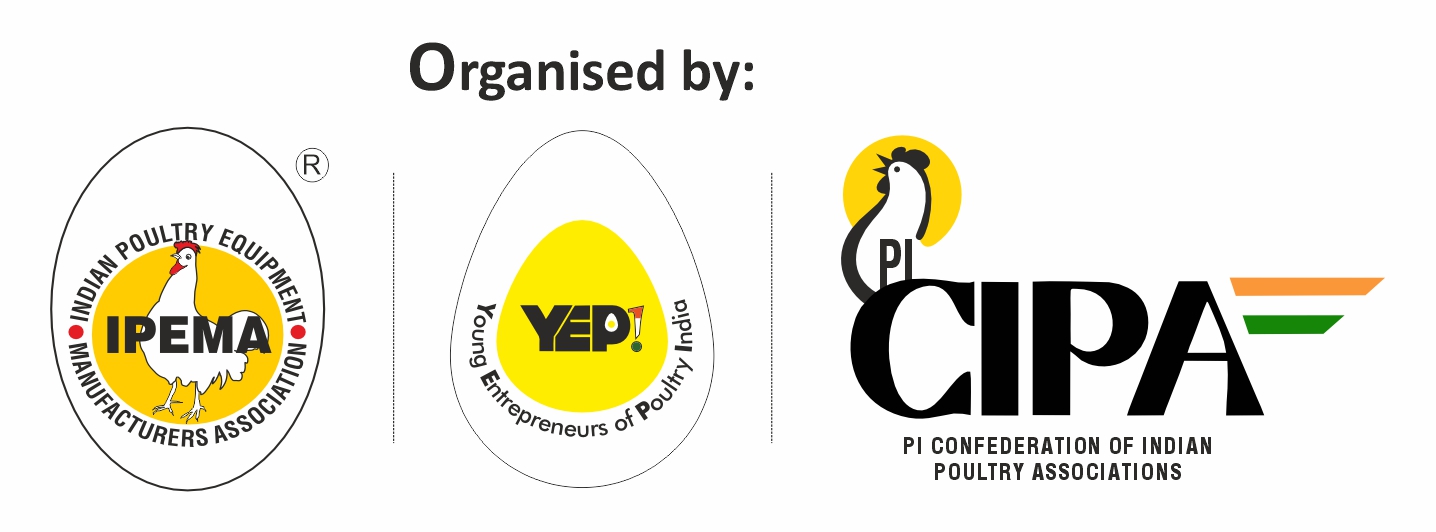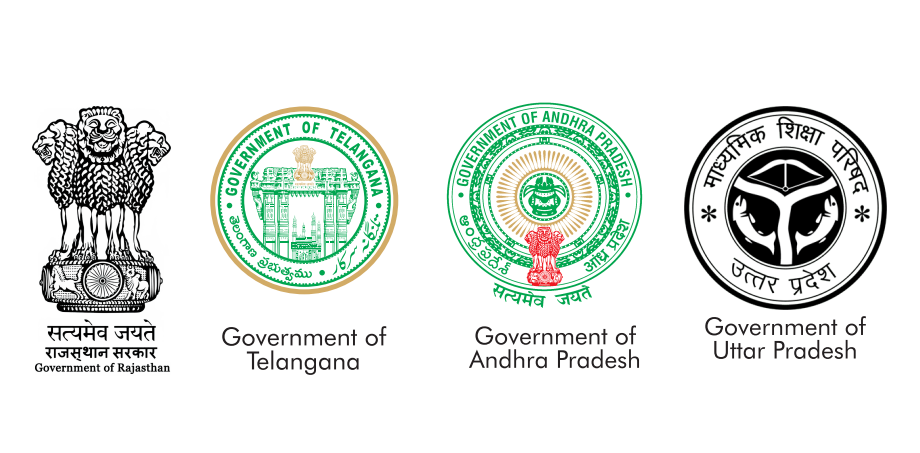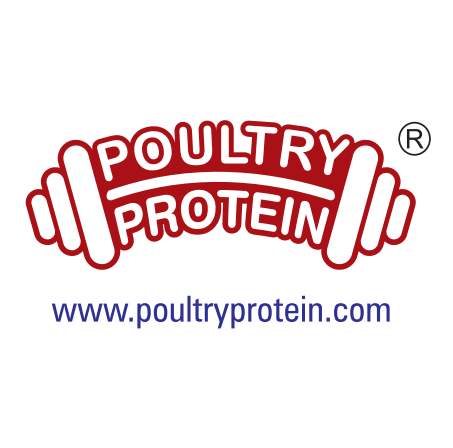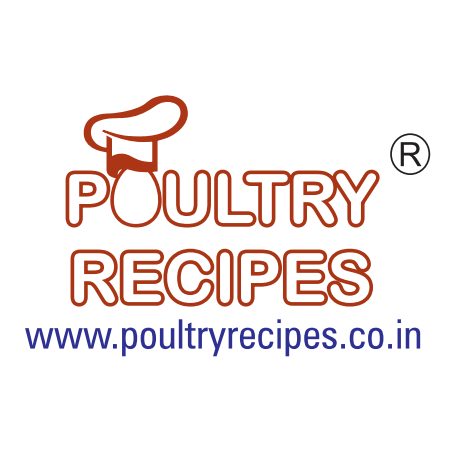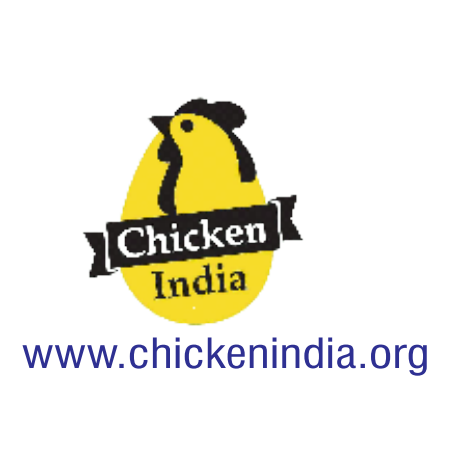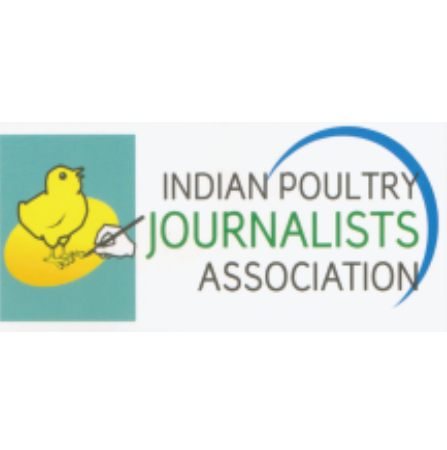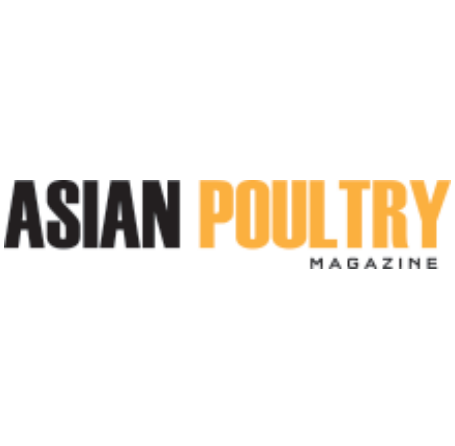Sustainable egg production supporting performance and environment
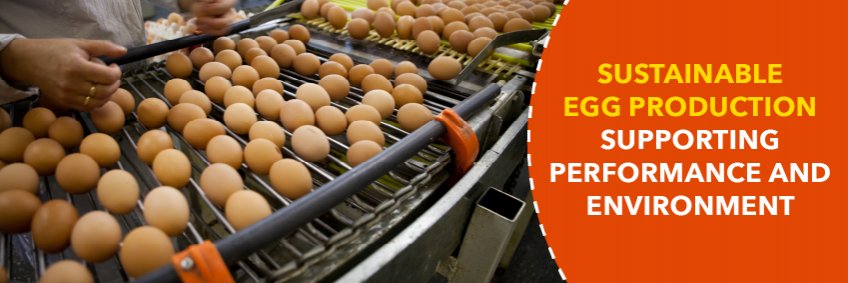
Of all global greenhouse gas (GHG) emissions, 60% come from household food consumption, meaning that the environmental sustainability of our eating patterns is becoming more critical. This reality is not lost on the consumer. Increased awareness that climate change is leading to more extreme weather events, reduced biodiversity and affecting our current way of living has people around the world thinking more about what they are serving at their dinner table.
Positive impacts
Prioritising sustainability also goes beyond benefiting the future of the planet and the consumer. Producers that focus on delivering the most sustainable product will also see positive impacts on the health and well-being of their animals, meaning that the quality of their output will increase. However, many may feel intimidated or worried by the idea of putting this change into operation and the overall disruption involved. So, as an industry, how can we produce the most sustainable product without having to profoundly change the way we feed and raise our animals?
To achieve this, the industry must work together to improve overall farm efficiencies which is synonymous with reducing GHGs. In poultry production, environmental and economic sustainability are closely intertwined. Profitability comes from efficiency which also translates into environmental credentials. Environmental sustainability covers many factors, from mineral leaching to carbon footprint. Depending on how birds are raised, poultry production can become carbon neutral.
However, significant changes will need to be made to heating and power sources, feed production and raw materials, manure management, insulation and feed efficiency. With layers, 80% of their footprint comes from the feed. Therefore, effective nutrition can significantly reduce carbon emissions. By increasing feed utilisation and efficiency, a layer can use less feed to achieve the same output resulting in both environmental and economic sustainability benefits.
Peak health
For layers to reach this optimum performance and feed efficiency, they must be at peak health. A holistic approach will focus on how the health of animals is integrated with the conditions of the immediate environment. Bird health can be maintained with practices that prevent the introduction of diseases, such as biosecurity, vaccination, good management and optimal nutrition. With the latter in mind, it is important to remember that gut health affects the bird’s digestion and absorption of nutrients, as well as potential performance and the sustainability credentials of egg production.
The diet can be formulated to promote optimum performance and feed efficiency in several ways. First, by including highly digestible ingredients, adding enzymes and reducing feed ingredients with anti-nutritional factors. The second is by including feed supplements that promote gut health through microbial diversity, supporting a strong immune system and reducing pathogen load and mycotoxins.
In a recently published meta-analysis in Poultry Science, Alltech showed that using its Bio-Mos technology can improve the economic return and reduce the environmental impact of egg production. The meta-analysis demonstrated that dietary supplementation with Bio-Mos improved the production performance of laying hens and reduced their carbon footprint, subsequently enhancing the sustainability credentials of egg production.
The meta-analysis showed that feeding Bio-Mos significantly increased hen day production (1.76%), improved feed efficiency (26.64 g/kg egg), increased protein output by increasing egg mass (0.95 g/day/hen) and produced eggs with thicker shells (0.05 mm). Overall, the study showed that KPI increased from feeding Bio-Mos to laying hens which is crucial for the economic sustainability of the egg industry, especially with rising feed costs.
Meta-analysis
Strategies that improve the egg production and feed efficiency of laying hens are vital in successfully addressing the carbon footprint of egg production. This meta-analysis confirmed that Bio-Mos is an effective nutritional solution for improving gut health and egg production efficiency. The paper also ran a simulated lifecycle assessment, from ‘cradle to farmgate’, to measure the effect of performance improvements on the sustainability and environmental impact of egg production. Feed and total emission intensities were used as metrics for quantifying the environmental performance. The simulated lifecycle assessment revealed that supplementing Bio-Mos decreased the feed and total emission intensities of egg production by -1.28% and -1.5%, respectively.
The environmental benefits associated with the study are equivalent to a reduction of 40 tonnes of CO2-equivalent for every 1,000 metric tonnes of eggs produced using dietary Bio-Mos. These carbon emission savings equal 26 fewer cars on the road in a year or 47 intercontinental return flights (per passenger) from London to New York.
When looked at from the perspective of 62 weeks of egg production by a flock of one million birds, the environmental benefits amount to a reduction of 890 tonnes of CO2 equivalent. That saves the same emissions as taking 583 cars off the road in a year or grounding 1,035 intercontinental return flights, or the equivalent of 600 houses’ electricity consumption in the UK. The sustainability benefits of Bio-Mos, as illustrated by the meta-analysis, include:
- Improved animal production efficiency and increased edible protein output
- Reduced food loss
- Improved welfare through improvements in gut health
- Reduced arable land use and other agricultural inputs for feed crop production
- Increased profitability and economic livelihood for animal producers
- The reduced carbon footprint of egg production







